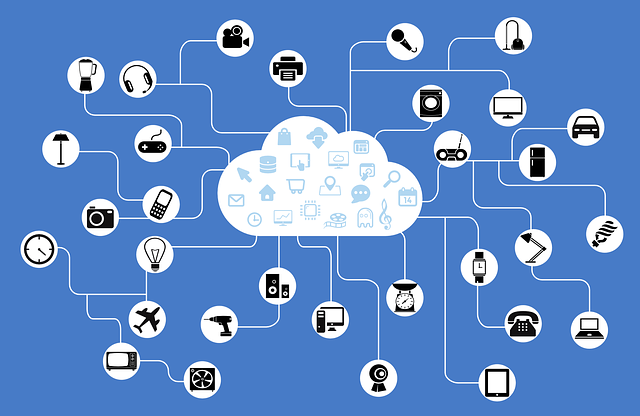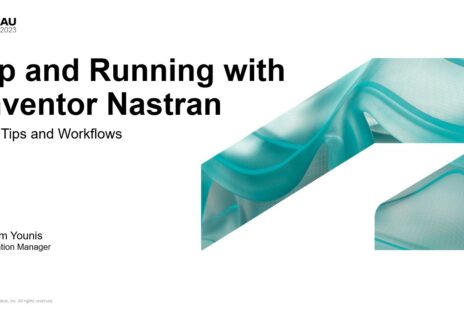
The world of manufacturing is increasingly being dehumanized. So, what’s the future of the industry and where exactly do humans fit into the picture?

The Internet of Things has become a buzz word for the future of connectivity. In concrete terms, it represents the idea that all aspects of our life or work can and will be integrated and fed into a real-time control system. Without getting into too much detail on the technical specifics of how all of this connectivity will work, let’s lay out a general overview of the key industry-changing features.
This new connective ability will lead to drastic changes in the manufacturing environment. Production plants that required hundreds of quality assurance employees can now only require a few to work in a centralized hub, but even that requirement is fading. In fact, it’s estimated that by 2020, 5 million jobs will be replaced robots and connected machines. IoT is an inevitable technology for the future of manufacturing. Manufacturers who don’t implement the technology will have no way of keeping up with the increasing demands of the industry. As artificial intelligence becomes even more refined, the need for human employees in the production monitoring aspects of manufacturing may even fade as well.
The future may seem dismal, but humans do play a role – just not in the traditional sense.
Implementation of IoT is inevitable and will realize both completely connected manufacturing plants and artificially intelligent control hubs. For manufacturers, IoT will revolutionize profit margins and decrease operating risks. For engineers, IoT will be like a dream – the ability to know all about your machines in real-time. It’s important to note that it’s easy to sensationalize new technology, particularly IoT. With that said, as IoT is being implemented, it is exponentially increasing manufacturing efficiency.

The idea of a central mind in IoT comes into play with AI. As every aspect of a production plant becomes monitored, in essence, each machine becomes an appendage. In IoT implementations, there is usually a centralized, or decentralized, hub that collects and displays all of the plant behaviors. In most current systems, this hub is monitored by people, you and I. The shift will occur when AI becomes capable enough to make decisions on par with human operators. And that’s not too far off according to experts, with conservative estimates placing AI intelligence surpassing human intelligence in just 16 years.
The future of the manufacturing industry involves a lot less people “manufacturing,” as you may already be starting to pick up. Speculatively, there will still a large portion of the current manufacturing workforce involved in the process. There will always be a need for human design and oversight. This is where the design engineer will come into play in the age of future manufacturing – much the same role that engineers play today. An added exception to this will be interfacing our designs with AI systems and smart manufacturing processes. Machinists, CNC operators, factory worker and others in more hands on applications will still be needed as well to solve organic problems and manage operations.
Implementing the Internet of Things in manufacturing will ultimately benefit everyone. There will be fewer accidents, less downtime, fewer malfunctions, fewer failures – and that means more money in everyone’s pockets.
If you would like to learn more about implementing IoT in your workplace, a free course is available here.
Sources: Timothy Chou
Image: [1]



Add comment
Connect with: Log in
There are no comments